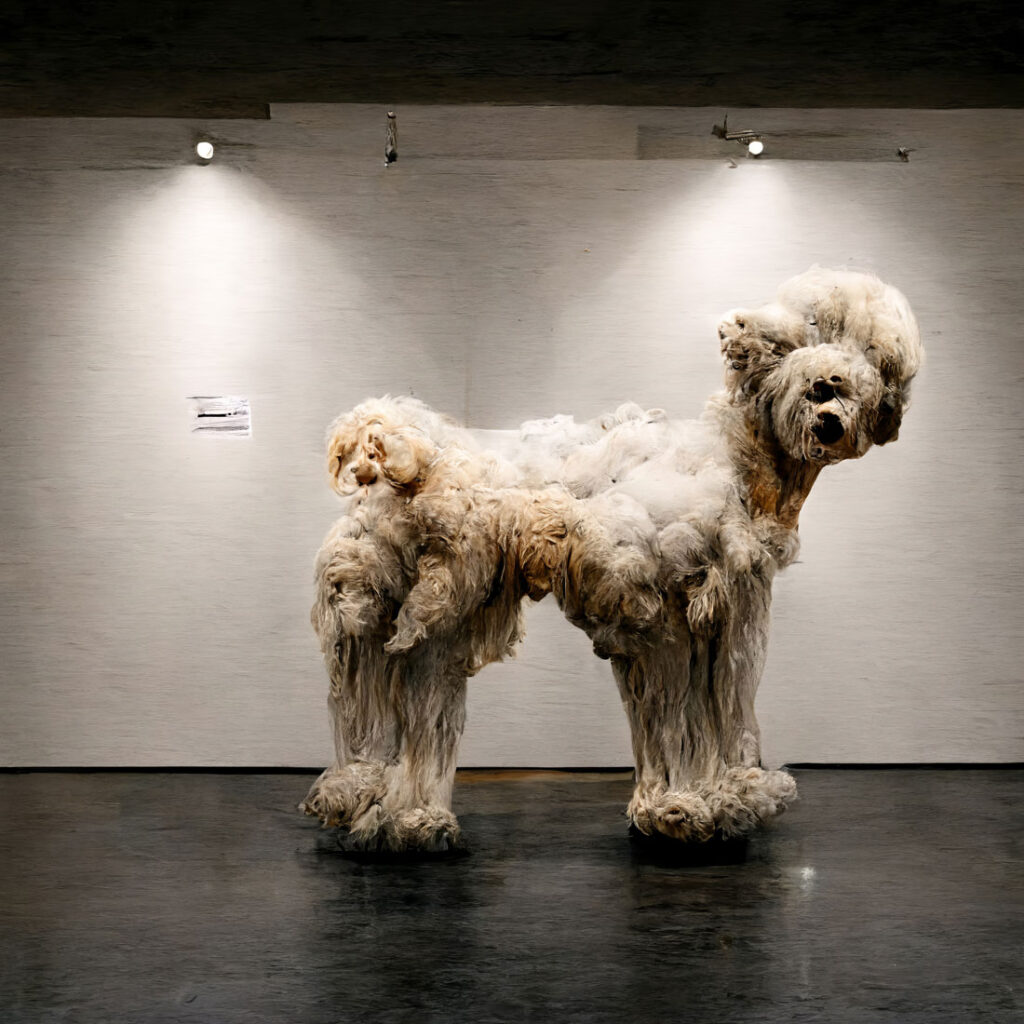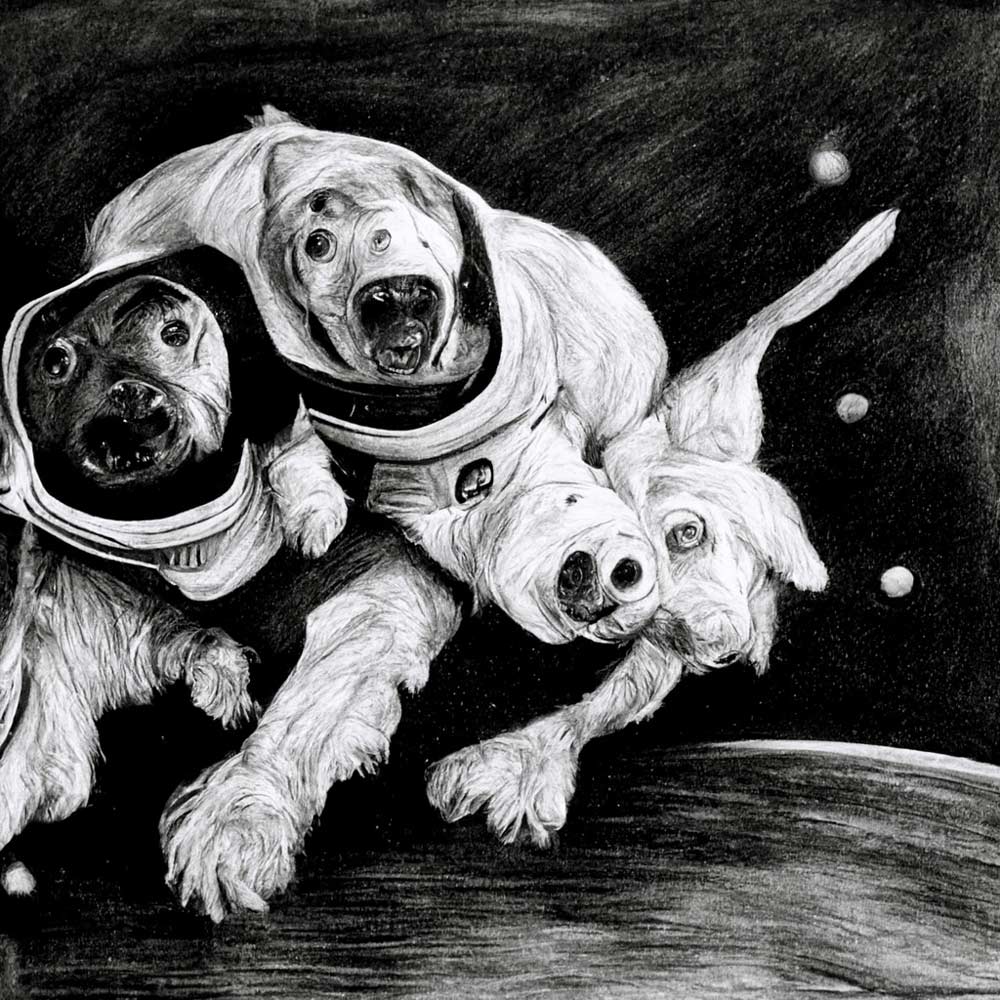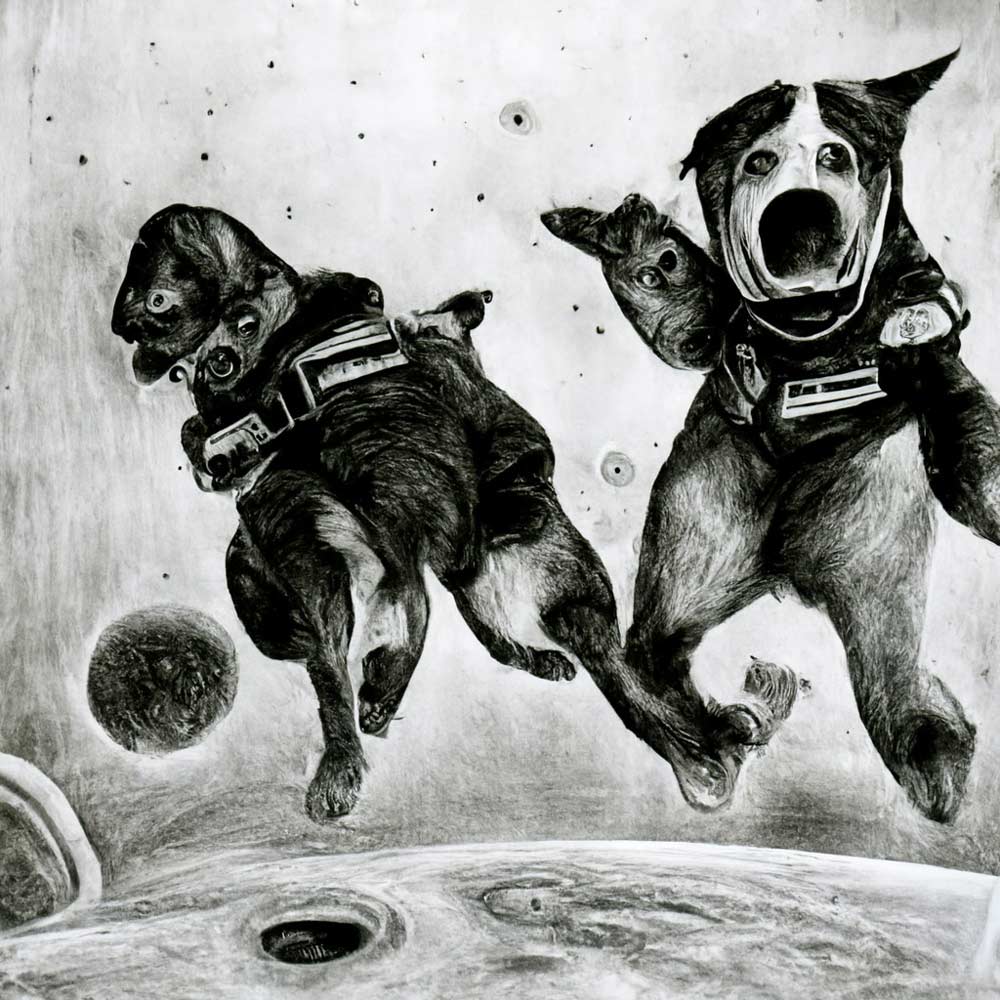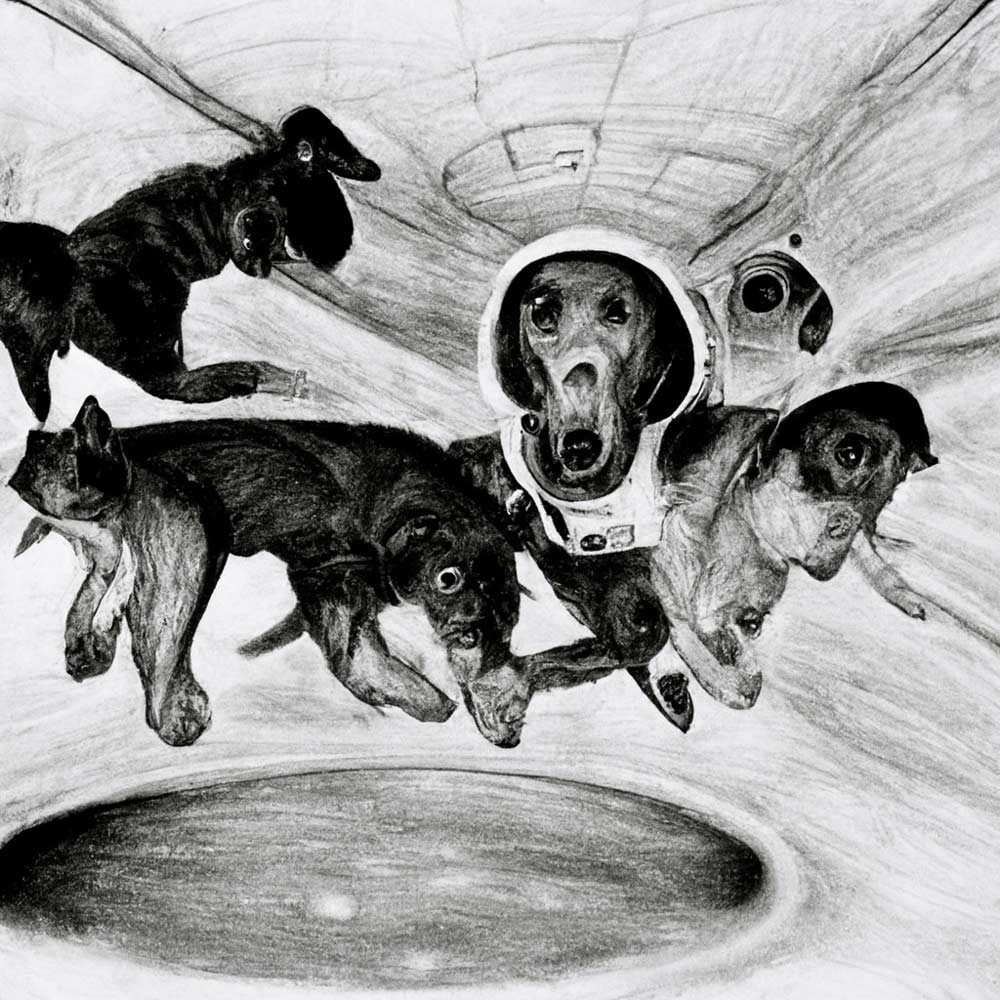Fulfilling My Dream of Sculpting and Visualizing Giant Fuzzy Dogs Using AI
admin
As a pre-teen with a burgeoning passion for the monumental, I found myself bending chicken wire into giant, basket-like structures every weekend, guided by my father to the local hardware store. These sculptures, woven with burlap and found materials, became my early artistic signature and, quite possibly, the stepping stones to my admission to RISD. But beyond opening doors to illustrious opportunities, this unusual hobby taught me an invaluable lesson about the power of presence in art.
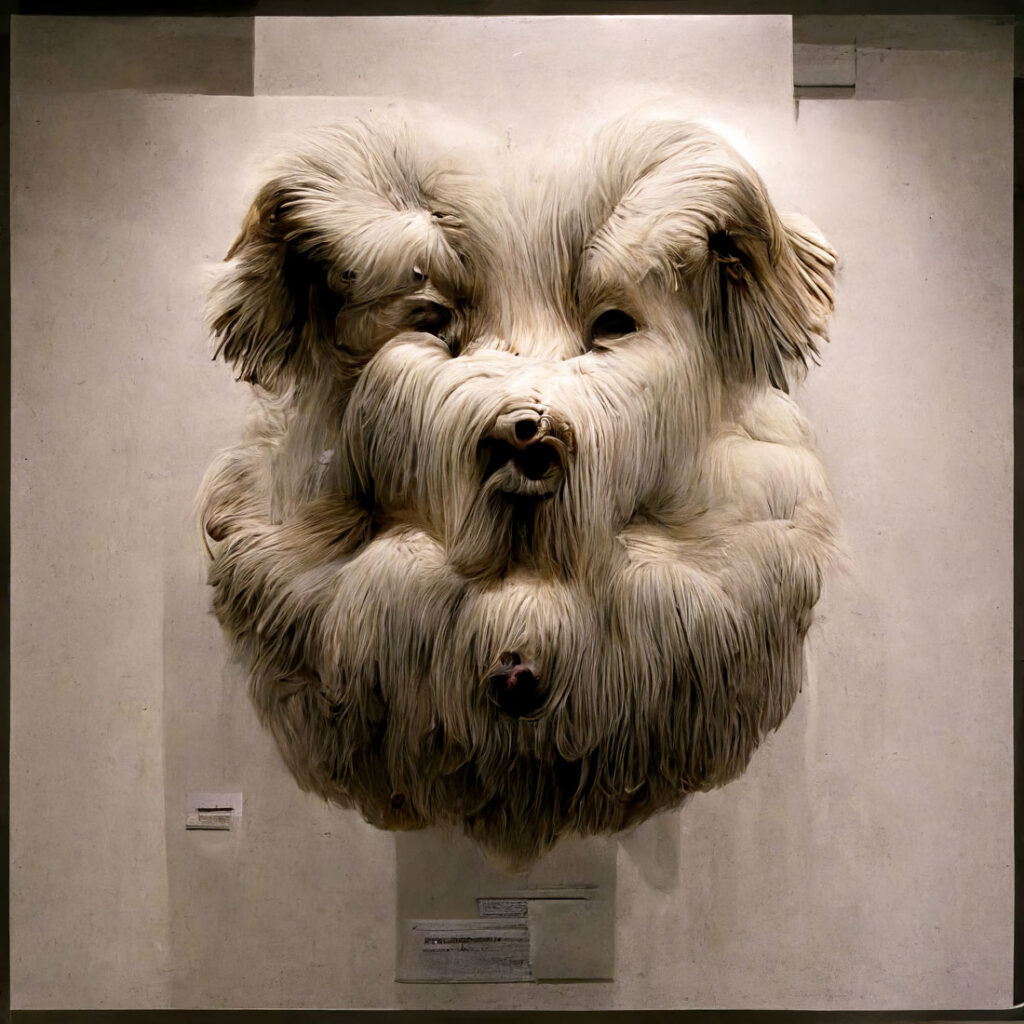
The importance of imbuing art with meaning and purpose became clear to me early on. Without intent, an artwork is merely an object occupying space; with it, you can conjure enchantment. Art gains presence not just by its physicality but through its resonance with the fundamental aspects of human emotion—using color, light, form, and scale as the foundational pillars from which intuitive creations arise.
I observed a transformation in people when they were confronted with my nine-foot-tall sculptures. Their expressions would morph into wonder, curiosity, or bewilderment, pondering the motives behind crafting such enormities. Often, I sensed that the sheer contrast in scale elicited a moment of self-transcendence, a stepping outside of the mundane into a realm of awe.
When AI was tasked with conceiving giant fuzzy dogs, it achieved two notable outcomes: First, it rendered them with a rich, palpable texture that beckoned to be touched. Second, it stumbled with the faces, leaving them in an intriguingly ambiguous state. This lack of facial clarity invited interpretation and filled the space with a particular mystique.
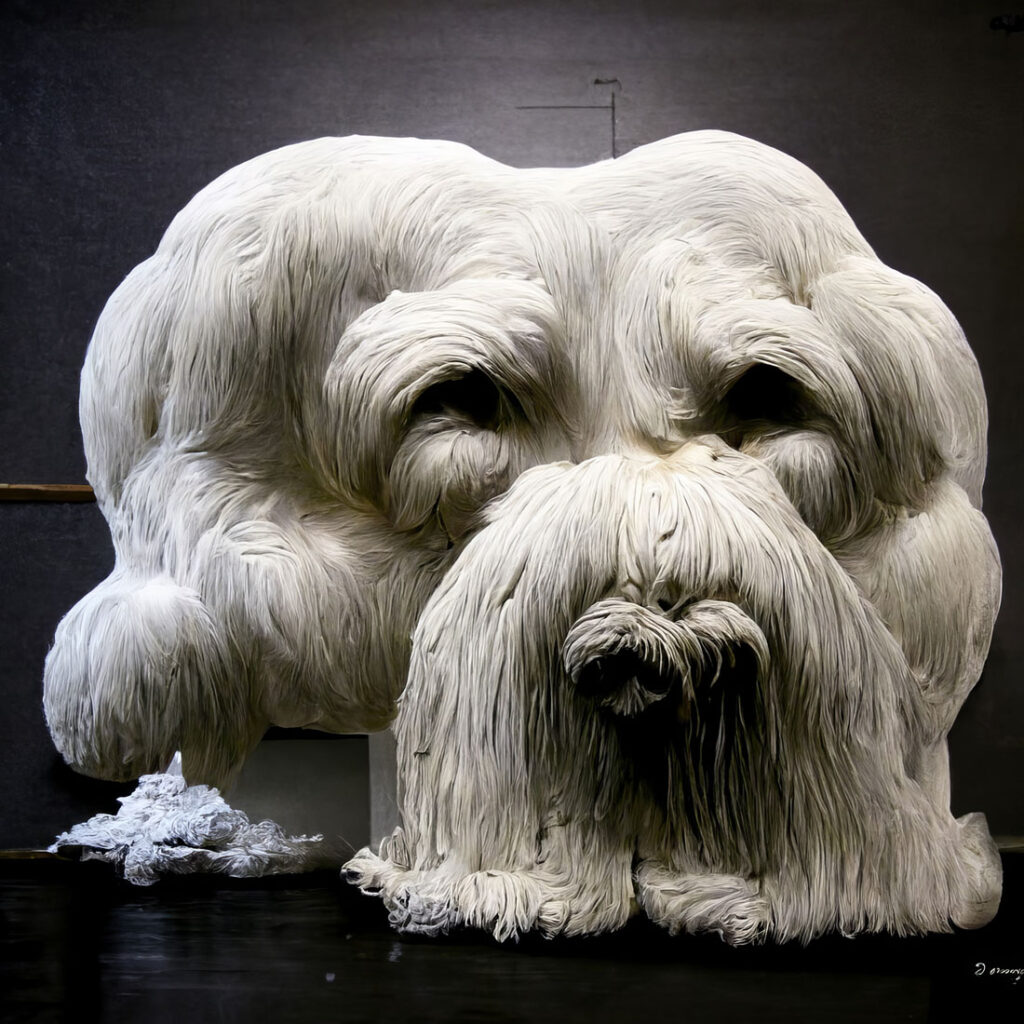
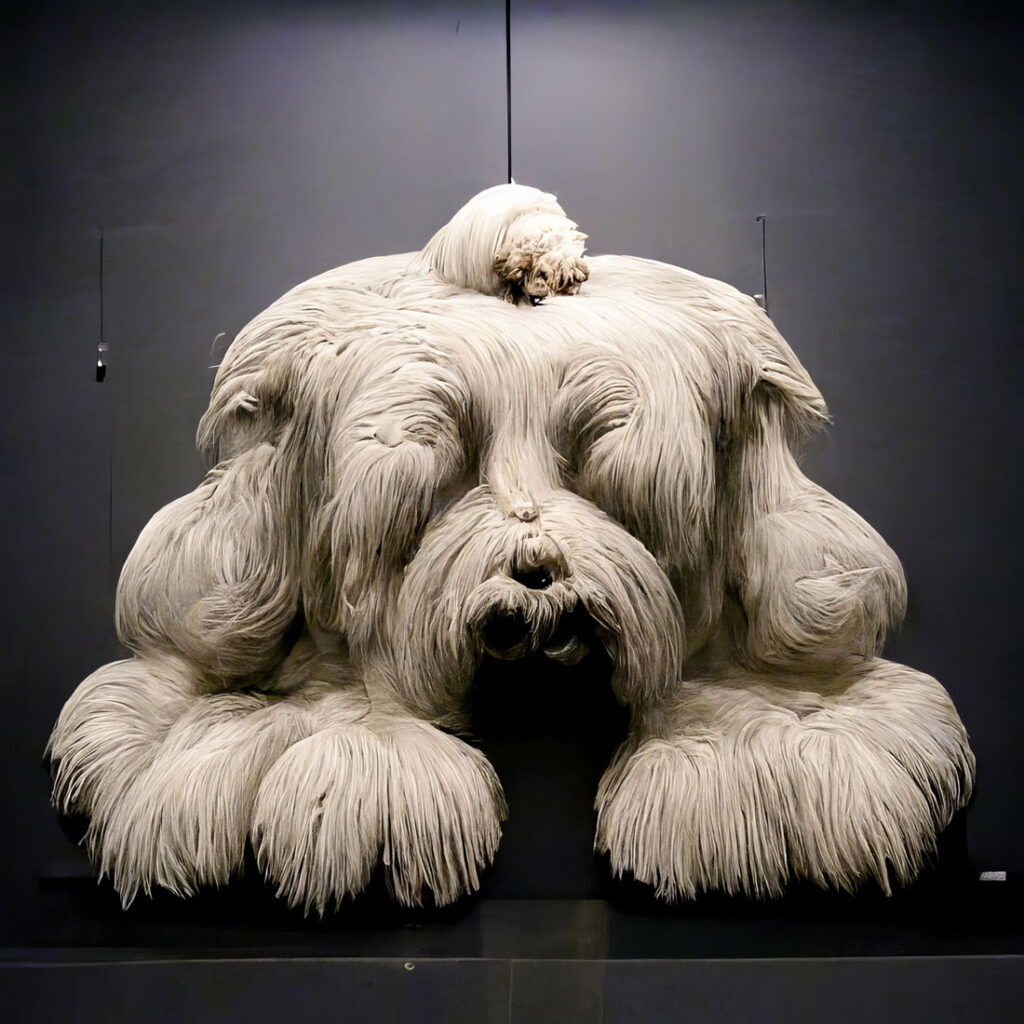
However, as AI models evolved and became more sophisticated, they began to lean towards the literal, stripping away the interpretive layers that invite the audience to engage, to question, to dream. This raises a profound question for the future of art in the age of AI: How do we preserve the magic—the enchanting ambiguity—when our tools are increasingly predisposed to clarity and precision? As artists navigating this new landscape, we must find balance, ensuring that the spell of artistry isn’t broken by the literalism of technology.
